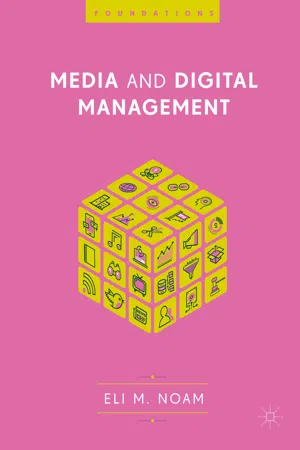3.1 Media Production
3.1.1 Introduction
3.1.2 Content Production
3.1.3 Special Characteristics in Content Production
3.2 Content Industries
3.2.1 Early Content
3.2.2 Types of Production
3.2.3 Cost Characteristics: Film Versus Theater
3.2.4 History of the Film Production Industry
3.2.5 Production in Other Media Industries
3.2.6 The Global Success of the Hollywood Production Industry
3.2.7 Case Discussion
3.3 Conventional Arguments for Hollywood’s Success in Production
3.3.1 Supposed Advantage: Market Size? Language?
3.3.2 2nd Supposed Advantage: Vertical Integration of Content with Distribution?
3.4 Organizational Success Factors for Content Production
3.4.1 Organizational Structure
3.4.2 Funding and the Reduction of Risk
3.5 Product Development
3.5.1 Concept (Style)
3.5.2 Product Selection
3.5.3 Product Development
3.6 Production Planning
3.6.1 Operational Challenges for Content Production
3.6.2 Budgeting
3.6.3 Location and Supply Chain
3.6.4 Inventory Management
3.6.5 Production Scheduling
3.7 Production Control
3.7.1 Budget Control
3.7.2 Productivity Measurement
3.8 Revenue Shares of Producers in Media
3.9 Content Production in the Next Generation of Technology
3.10 Case Discussion
3.11 Conclusion: Success Elements for Content Production
3.12 Review Materials
3.12.1 Questions for Discussion
3.12.2 Quiz
Quiz Answers
